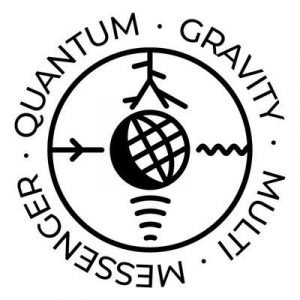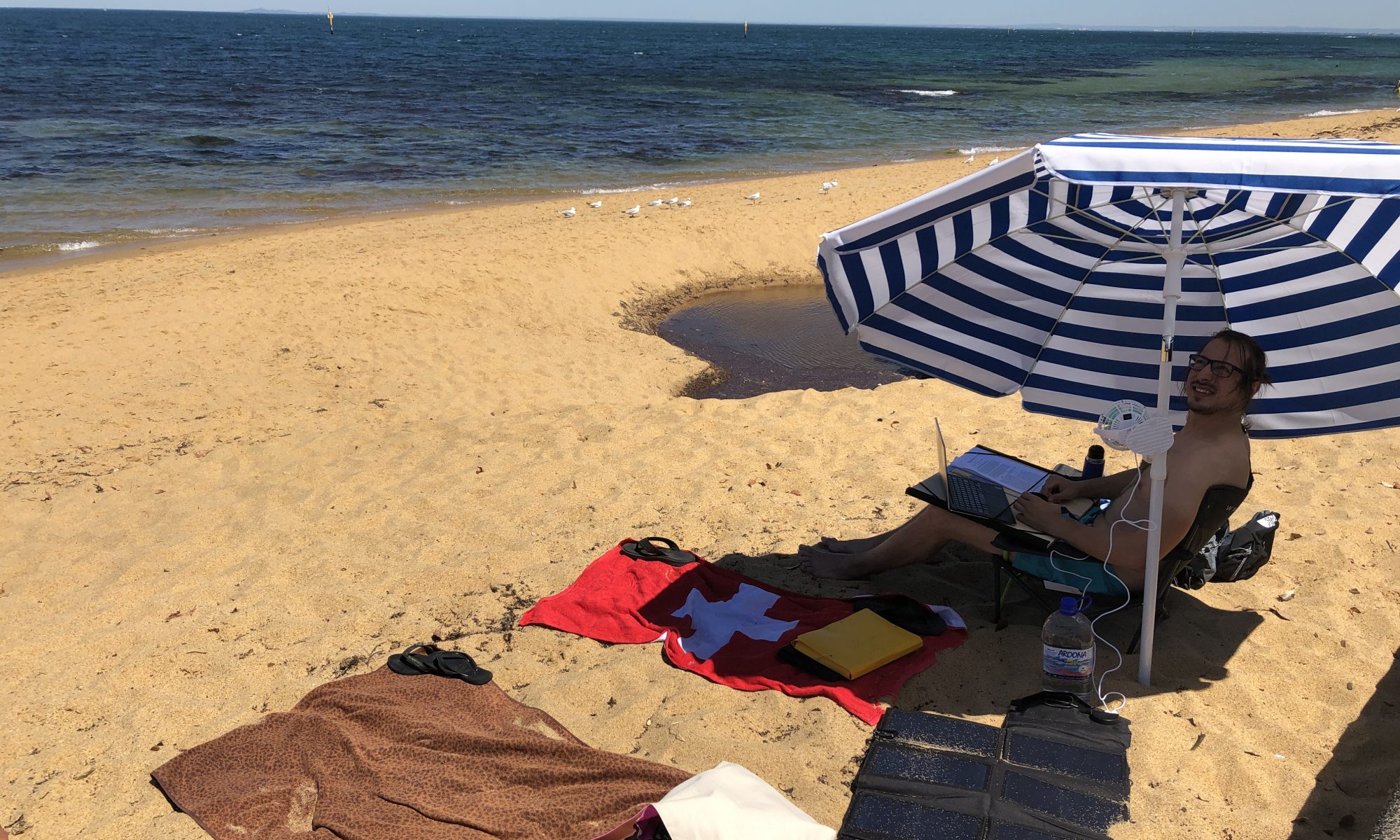Collaborations:
 I was a member of the QG-MM: COST Action CA18108. In particular I was a member of the committee for outreach and gender activities and I was the chair for the “Causality Based Theories” subchapter for the review.
I was a member of the QG-MM: COST Action CA18108. In particular I was a member of the committee for outreach and gender activities and I was the chair for the “Causality Based Theories” subchapter for the review.
The following of my Publications are personally my favorites:
José M. Isidro, Claudio F. Paganini, Alessandro Pesci. “Gravitation as a Statistical Theory on the Light Cone” arXiv preprint arXiv:2407.13317 (2024)
Like no other of my papers this one shows the value of the exchange of ideas across approaches. We unite the thermodynamic framework for gravity with modified measure theories. A connection was to be expected, because both approaches were conceived with the solution of the cosmological constant problem in mind. However it was only really thanks to the conceptual ideas imported from Causal Fermion systems that we could fully realise the connection. An interesting side effect is that this set-up, although in principle independent from CFS, aligns perfectly with observations in our baryogenesis paper, that the asymmetry is connected to a change in the number of gravitational states.
Finster, Felix, Maximilian Jokel, and Claudio F. Paganini. “A Mechanism of Baryogenesis for Causal Fermion Systems.” arXiv preprint arXiv:2111.05556 (2021).
When I first got to know the theory of Causal Fermion Systems in summer of 2017 my first thought was “but hold on shouldn’t this have something to say on the matter/anti-matter asymmetry in the universe?”
While the question was intuitive the answer took much longer (and is only partial so far). In this paper we demonstrate, that the theory does indeed allow for an entirely new mechanism of fermiogenesis. However, we weren’t yet able to calculate any quantitative predictions from this novel mechanism so there is still a lot of work ahead until we can claim a genuine prediction for physical cosmology.
Mark Bugden, and Claudio F. Paganini. “The Λ to zero limit of spacetimes and its physical interpretation.” Classical and Quantum Gravity (2019).
In this paper we show that one can consider a hierarchy of validity for the Einstein equations in a de-Sitter universe similar to the situation in Quantum Mechanics with the Quantum-Classical correspondence. We use the Geroch notion of limits of spacetimes to make a heuristic argument (analogue to the quantum classical limit) for a domain of validity within which the Einstein equations provide a good approximation.
What makes this my favorite paper is however due to what I would consider my proudest academic achievement so far:I now have a peer reviewed and published paper that has an inflatable boat in the acknowledgement.
“We would like to thank Hermine (Boat) for her essential support during the conceptional phase of this paper.”
Mars, Marc, Claudio F. Paganini, and Marius A. Oancea. “The fingerprints of black holes—shadows and their degeneracies.“ Classical and Quantum Gravity 35, no. 2 (2017): 025005.
The cool thing about this paper is that the result is essentially counterintuitive. We showed that despite the fact that nothing escapes a black hole, an outside observer can nevertheless extract all the physical parameters of the black hole by analyzing its shadow.
Lars Andersson, Siyuan Ma, Claudio F. Paganini, and Bernard F. Whiting. “Mode stability on the real axis.” Journal of Mathematical Physics 58, no. 7 (2017): 072501.
The interesting thing here is that for the approach to work we need to explore a delicate balance between the redshift at the event horizon and the blue shift at the Cauchy horizon. So far this seems to only work for the Teukolsky equation in Kerr. Other cases, that might seem intuitively similar, such as the charged scalar field on Reissner-Nordström do not satisfy this delicate balance.
Further Publications
Finster, F., Kleiner, J., and Paganini, C.F. “Causal Fermion Systems as an Effective Collapse Theory.” arXiv preprint arXiv:2405.19254 (2024).
Finster, F., Gresnigt, N.G., Isidro, J.M., Marciano, A., Paganini, C.F. and Singh, T.P., 2024. “Causal Fermion Systems and Octonions”. arXiv preprint arXiv:2403.00360.
Finster, F, Isidro, J.M., Paganini, C.F., and Singh, T.P. “Theoretically Motivated Dark Electromagnetism as the Origin of Relativistic Modified Newtonian Dynamics.” Universe 10, no. 3 (2024): 123.
Addazi, A. et al. “Quantum gravity phenomenology at the dawn of the multi-messenger era—A review.” Progress in Particle and Nuclear Physics 125 (2022): 103948.
Finster, F., & Paganini, C. F. (2020). “Incompatibility of Frequency Splitting and Spatial Localization: A Quantitative Analysis of Hegerfeldt’s Theorem”. arXiv preprint arXiv:2005.10120.
Paganini, C. F. (2020). “Nothing Happens on Closed Causal Curves”. Foundations of Physics 52, no. 1 (2022): 26.
Finster, F., Fröhlich, J., Oppio, M. and Paganini, C.F., (2020). “Causal Fermion Systems and the ETH Approach to Quantum Theory.” Discrete & Continuous Dynamical Systems – S,0.
Oancea, M.A., Joudioux, J., Dodin, I.Y., Ruiz, D.E., Paganini, C.F. and Andersson, L., (2020). “The gravitational spin Hall effect of light.” . Phys. Rev. D, Vol. 102, Iss. 2
Oancea, M. A., Paganini, C. F., Joudioux, J., & Andersson, L. (2019). “An overview of the gravitational spin Hall effect.” In Annales Henri Poincaré, vol. 24, no. 2, pp. 413-467. Cham: Springer International Publishing, 2023.
Paganini, C.F., (2020). “Proposal 42: A New Storyline for the Universe Based on the Causal Fermion Systems Framework.” In Progress and Visions in Quantum Theory in View of Gravity (pp. 119-154). Birkhäuser, Cham.
Claudio F. Paganini, and Marius A. Oancea, (2018). “Smoothness of the future and past trapped sets in Kerr–Newman–Taub-NUT spacetimes.” Classical and Quantum Gravity 35, no. 6 : 067001.
Lecture Notes
Claudio F. Paganini, Blazej Ruba, and Marius A. Oancea, (2016). “Characterization of Null Geodesics on Kerr Spacetimes.” arXiv preprint arXiv:1611.06927 .
